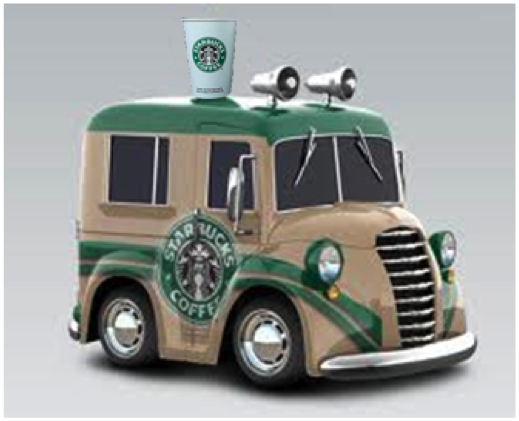Brad Weiss is research director, client and project services, at Cincinnati-based MarketVision Research.
It’s been interesting being on the opposite side of the spectrum over the last year, after moving from the client to the vendor side with MarketVision Research. I recall working with research suppliers and pushing for more of “the story” or the “so what,” hanging up from a conference call frustrated and disappointed because strong recommendations were missing from a vendor’s report. Usually, after multiple rounds of edits and having to invest significant time sifting through 100-plus-page PowerPoint decks and data tables, I was able to create the story I felt comfortable sharing with my business partners. This wasn’t always the case, but more times than not it was the reality that I worked in.
That frustration and disappointment is what fuels my motivation to add an element of differentiation to the social media insights deliverables for my current employer. We power our platform in part with Netbase, a company that pulls in social media conversations from over 95 million different sources. Given my years of experience on the client side, I try to put myself in their situation and in most cases the client researcher is trying to influence either marketing, agency or sales executives with fresh perspectives on how to build the business with a more consumer/shopper-centric approach.
I’ve been exposed to social media analysis examples while working on both the client and the supplier side and – not surprisingly – haven’t been overly impressed by what I’ve seen. I’ve also attended conferences where the general client consensus is that researchers are “struggling to see the value” in the social media data analysis they’ve received to date from their suppliers. In nearly every case suppliers have missed the mark on delivering “a story” or the “so what” and my fear is that it’s doing an injustice for the capability across the industry.
Listening in to how people are talking about brands, products, services and current events, etc., can offer rich insights. The goal we strive for is to actually make sense of what they are saying. In some cases it might be centered on various themes we’re seeing in the social media conversation. Or it can be as simple as leveraging a sound bite from a conversation as a source for inspiration for a new idea.
Take Starbucks, for example, a brand I am consistently listening in on, out of my own natural curiosity. I discovered a sound bite sourced from Twitter and it offers a glimpse of what a consumer wishes the future looked like: “If there are ice cream trucks in the summer, why can’t we have Starbucks trucks in the winter?”
Now that is a novel idea, and one that really hit home for me personally. I work in a suburban office park, a few miles away from the nearest Starbucks; it’s inconvenient for me to take a 3-o’clock break to hop in the car to get my grande skinny vanilla latte fix. But fast-forward a year from now. I can imagine myself chatting with colleagues and saying, “I think I hear the Starbucks truck.” You’d most likely find many of us there in line, especially on a cold winter day.
Admittedly, those kinds of idea-sparking nuggets aren’t always easy to find in the rubble of social media output. But when you do come across one, it drives home the value of expending the effort in the first place.
I have to thank Kim Dedeker, former P&G global consumer insights leader, for inspiring me to harness the power of active listening to drive bigger, better, more relevant ideas. I recall a quote she shared during a consumer insights symposium: “The 20th century was the era of the shouting brand. The 21st century will be the era of the listening brand.”
There is so much power in listening to social media chatter, making sense of it and telling the client a story in an easily digestible manner, with the “so what” called out in the form of ideas that they can go off and execute against. That’s a recipe for successful research, no matter which side of the equation you’re on.
